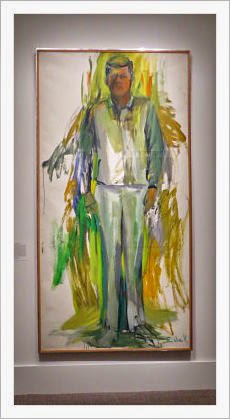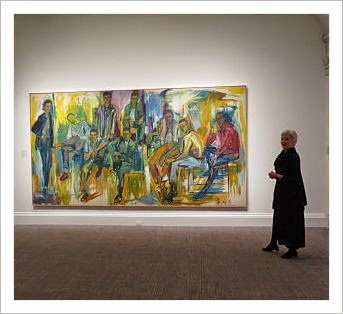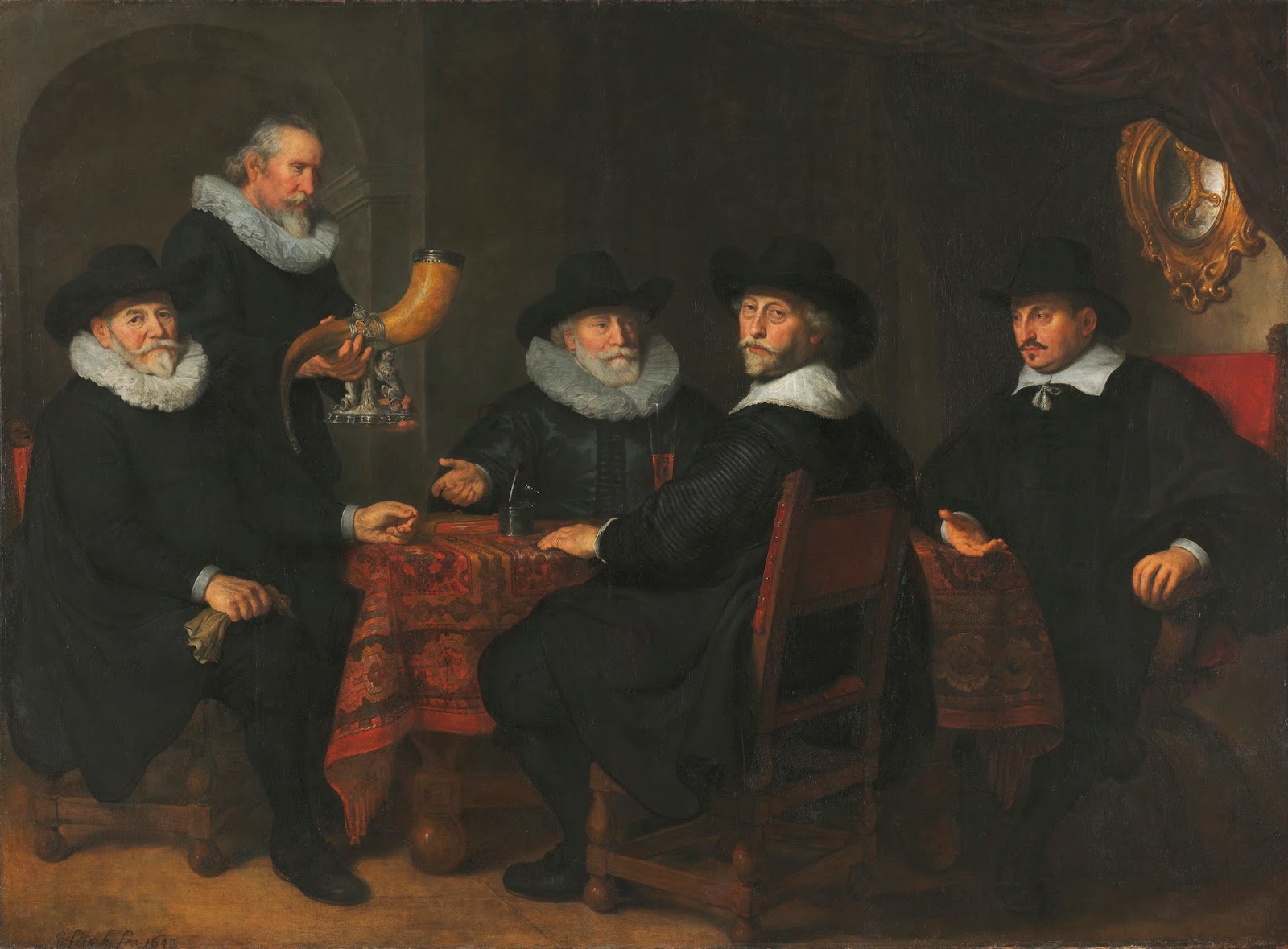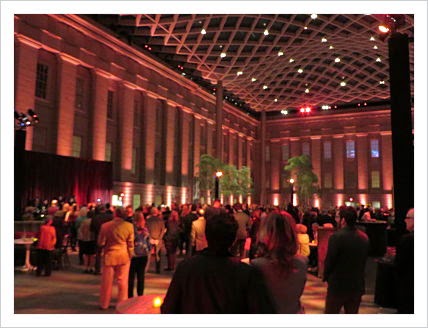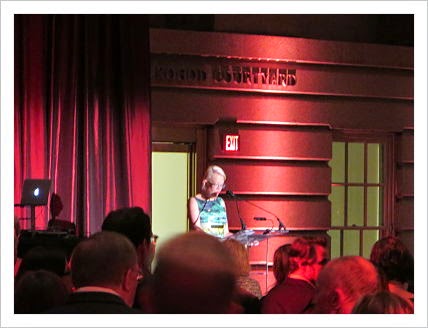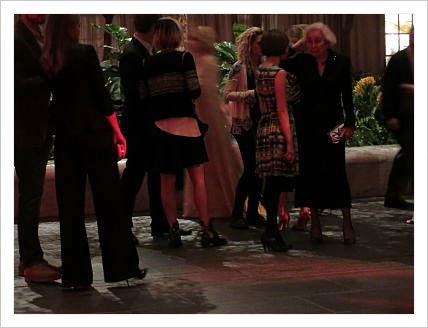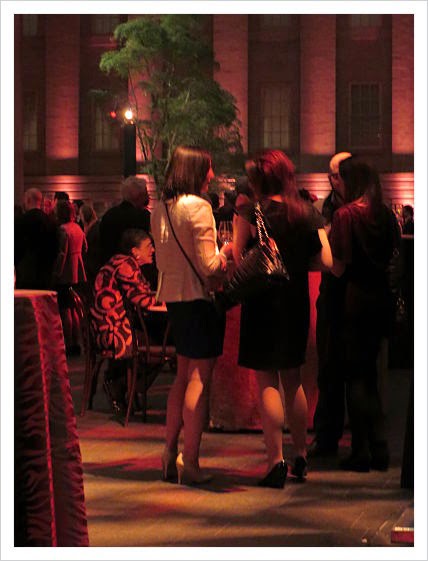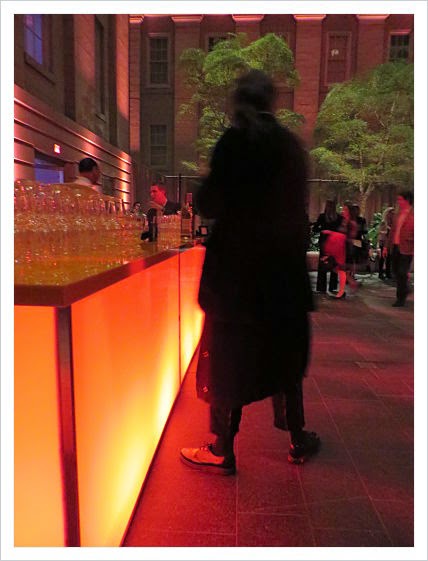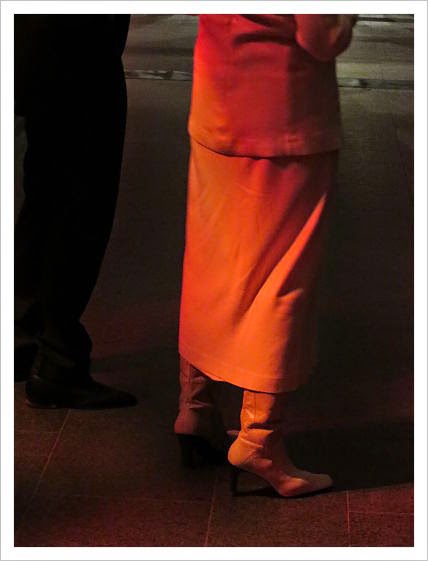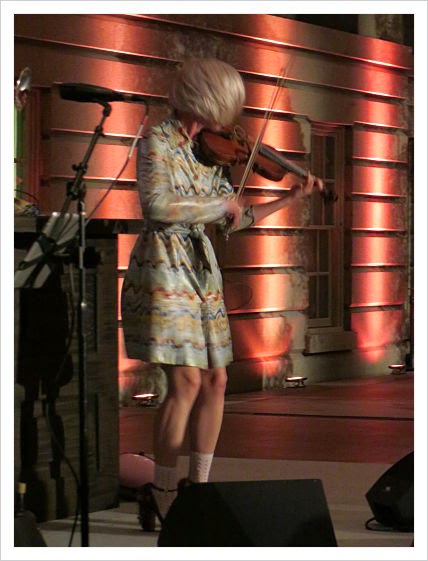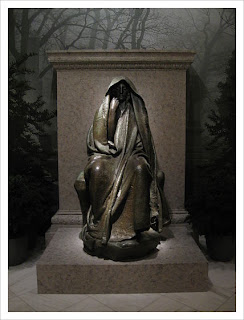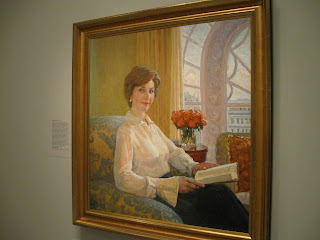Rollie McKenna, 1918-2003, Sylvia Plath, 1959, National Portrait Gallery, Washington, D.C.
Sylvia Plath's Girl Scout uniform, 1943-1948, on loan from Smith College. Ms. Plath earned 20 Girl Scout badges, at least five of them related to reading and writing. She turned in 30 book reports for one of her badges while working at the same time on stories, poems, and essays; collecting stamps; and taking viola, piano, and art lessons/Photo by Patricia Leslie
Sylvia Plath, Self-Portrait in Semi-Abstract Style, 1946-1952, Estate of Robert Hittel
To write The Bell Jar, Sylvia Plath used portions from her college journal, 1950-1953, on loan for the exhibition from Smith College, her alma mater where she graduated summa cum laude in 1955. (The white circles at the bottom of the photograph are reflections of ceiling lights on protective glass.)/Photo by Patricia Leslie
On the wall at the National Portrait Gallery is Sylvia Plath's elm writing desk, loaned from Smith College for the exhibition/Photo by Patricia Leslie
Sylvia Plath, Collage, which she crafted from pages in the New Yorker and other magazines in July, 1960 after attending an antiwar, anti-patriarchy rally in Trafalgar Square, London, on loan from Smith College.
From Sylvia Plath's last set of poems for the New Yorker, on loan from Smith College.
The typewriter Sylvia Plath used at Smith College, on loan from the college/Photo by Patricia Leslie
Jenny Olivia Johnson, b.1978, Glass Heart (Bells for Sylvia Plath) with audio, 2013/Photo by Patricia Leslie
Today is the last day to see objects belonging to or made by Sylvia Plath (1932-1963) at the Smithsonian's National Portrait Gallery which are on view together for the first time.
The materials come from the collections at Indiana University and Smith College which has loaned them for
One Life: Sylvia Plath found in the Guenther and Siewchin Yong Sommer Gallery.
The one room gallery showcases photographs and objects from Ms. Plath's life as a girl, college student, poet and writer, wife and mother, her roles cut short by her suicide in a gas oven when her children were one and three years old.
When her son, Nicholas, was 47, he, too, committed suicide, suffering depression, as did his mother when she died at age 30.
Dorothy Moss from the Portrait Gallery and Karen Kukil from Smith College curated the show which provides glimpses of Ms. Plath's background, perspective, and presents some of the tools she used to write.
What: One Life: Sylvia Plath
When: Closing today, May 20, 2018. The National Portrait Gallery is open daily from 11:30 a.m. - 7 p.m.
Where: Smithsonian National Portrait Gallery, 8th and F streets, N. W., Washington, D.C. 20001
How much: No charge
For more information: 202-633-8300 or visit the website
Metro station: Gallery Place-Chinatown or walk 10 minutes from Metro Center
patricialesli@gmail.com
Sylvia Plath's Girl Scout uniform, 1943-1948, on loan from Smith College. Ms. Plath earned 20 Girl Scout badges, at least five of them related to reading and writing. She turned in 30 book reports for one of her badges while working at the same time on stories, poems, and essays; collecting stamps; and taking viola, piano, and art lessons/Photo by Patricia Leslie
Sylvia Plath, Self-Portrait in Semi-Abstract Style, 1946-1952, Estate of Robert Hittel
To write The Bell Jar, Sylvia Plath used portions from her college journal, 1950-1953, on loan for the exhibition from Smith College, her alma mater where she graduated summa cum laude in 1955. (The white circles at the bottom of the photograph are reflections of ceiling lights on protective glass.)/Photo by Patricia Leslie
On the wall at the National Portrait Gallery is Sylvia Plath's elm writing desk, loaned from Smith College for the exhibition/Photo by Patricia Leslie
Sylvia Plath, Collage, which she crafted from pages in the New Yorker and other magazines in July, 1960 after attending an antiwar, anti-patriarchy rally in Trafalgar Square, London, on loan from Smith College.
From Sylvia Plath's last set of poems for the New Yorker, on loan from Smith College.
The typewriter Sylvia Plath used at Smith College, on loan from the college/Photo by Patricia Leslie
Today is the last day to see objects belonging to or made by Sylvia Plath (1932-1963) at the Smithsonian's National Portrait Gallery which are on view together for the first time.
The materials come from the collections at Indiana University and Smith College which has loaned them for
One Life: Sylvia Plath found in the Guenther and Siewchin Yong Sommer Gallery.
The one room gallery showcases photographs and objects from Ms. Plath's life as a girl, college student, poet and writer, wife and mother, her roles cut short by her suicide in a gas oven when her children were one and three years old.
When her son, Nicholas, was 47, he, too, committed suicide, suffering depression, as did his mother when she died at age 30.
Dorothy Moss from the Portrait Gallery and Karen Kukil from Smith College curated the show which provides glimpses of Ms. Plath's background, perspective, and presents some of the tools she used to write.
What: One Life: Sylvia Plath
When: Closing today, May 20, 2018. The National Portrait Gallery is open daily from 11:30 a.m. - 7 p.m.
Where: Smithsonian National Portrait Gallery, 8th and F streets, N. W., Washington, D.C. 20001
How much: No charge
For more information: 202-633-8300 or visit the website
Metro station: Gallery Place-Chinatown or walk 10 minutes from Metro Center
patricialesli@gmail.com
